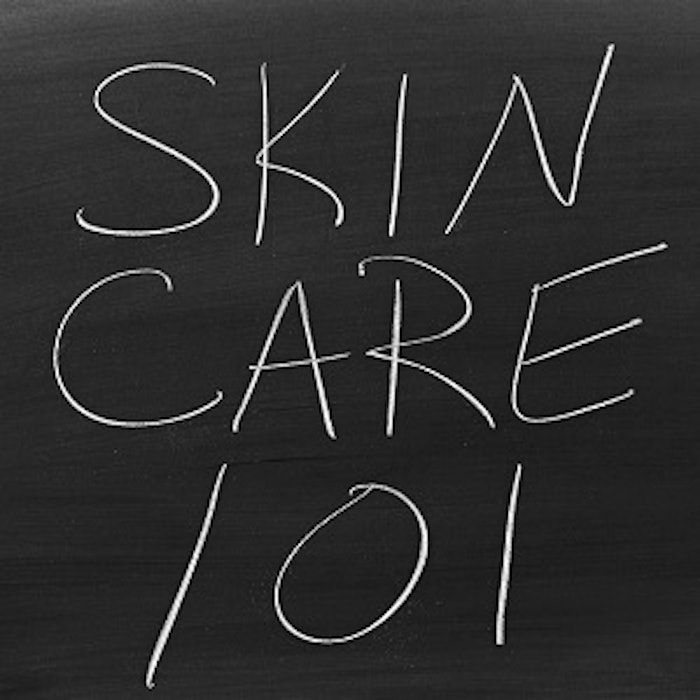
If your clients are considering chemical peels, the are likely to have many questions. Following is a list of five common client questions and their answer regarding chemical peels from Studio 921 Salon and Medi Day Spa in Baltimore.
If clients are looking for a dramatic change in their appearance with minimal to no downtime, then a chemical peel could be the answer. Chemical peels are some of the simplest and most effective treatments for restoring your natural healthy glow.
1. What are the benefits of a light chemical peel?
Regular treatments can help by minimizing fine lines, brown spots (melasma), sun damage, reduce acne scarring, speed up collagen production and increase cellular turnover. Peels can be done the on face, neck, chest, arms and back of hands. A Smoother radiant glow is just a few days away
2. What kind of light chemical peels are available?
The most common type of chemical peels are glycolic acid, which comes from sugar cane; salicylic acid, which comes from the bark of a willow tree; and lactic acid, which is derived from milk. Clients should always work with a skin care professional to help select the acid that will work best for your skin type and goals.
3. How do they work?
Chemical peels work by irritating the top layer of the skin by breaking up the oils that hold dead cells together. This unique process will reveal a softer, smoother and healthier layer of skin.
4. What can I expect after the peel?
Depending on which peel you receive, you could look night-on-the-town or photo-ready; or you may have a little pink with skin tightness. Optimal results will be achieved in the following 2-4 days.
San Diego, California-based dermatologist Susan Stuart, MD, shared the basics and differences between light and medium chemical peels with SkinInc.com.
"Light chemical peels treat discoloration from acne, light sun spots and melasma. Chemical peels exfoliate the top layer of skin, causing the natural cell-turnover process to speed up. Salicylic and glycolic acids are the two most commonly used ingredients in light peels. They refresh the skin by removing discolored skin cells. For acne-prone skin, chemical peels help minimize oil production, unplug pores and shrink blemishes. Clients experience mild burning and stinging. It is normal for them to be red and dry a few days after treatment, which normally costs $150 per treatment.
"Medium chemical peels treat acne scarring and hyperpigmentation. Usually a trichloroacetic acid (TCA) peel, which takes 10-15 minutes, will reduce medium-to-deep discoloration. It takes more than one treatment to achieve the desired results. Skin will crust or scab, and may be swollen for a few days. This treatment costs approximately $750, and it results in noticeably smoother, fresher skin after just one treatment."










